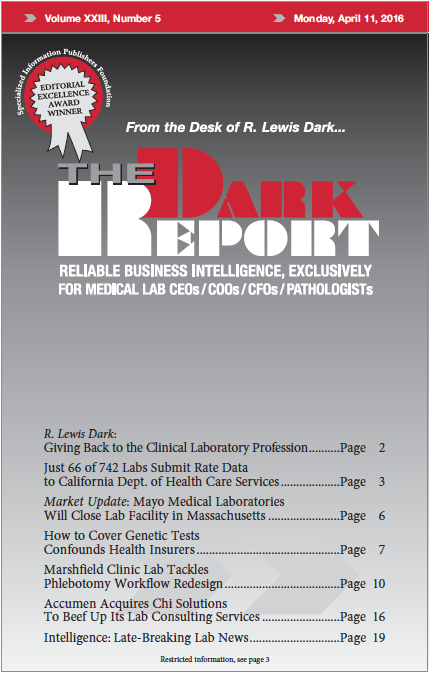CEO SUMMARY: Federal officials tasked with implementing the PAMA lab market price reporting requirement would be well-served to study what happened in California when the Department of Health Care Services mandated market price reporting. According to DHCS, last year, only 9% of the state’s 742 labs submitted price data! This is evidence that requiring a lab to report every payer’s …
Just 66 of 742 Labs Submit Rate Data to California Department of Health Care Services Read More »
To access this post, you must purchase The Dark Report.


